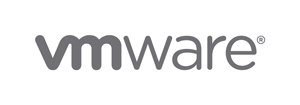
Managed
Cloud Services
Brisbane Technology Park, QLD
Secure Australian-Based Cloud and Backup services designed
for MSPs and hosting vendors.

Tailor-made Environments
Web hosting, VPS, dedicated hardware and bare-metal solutions.
Everything you need to Host and Manage your own cloud.














